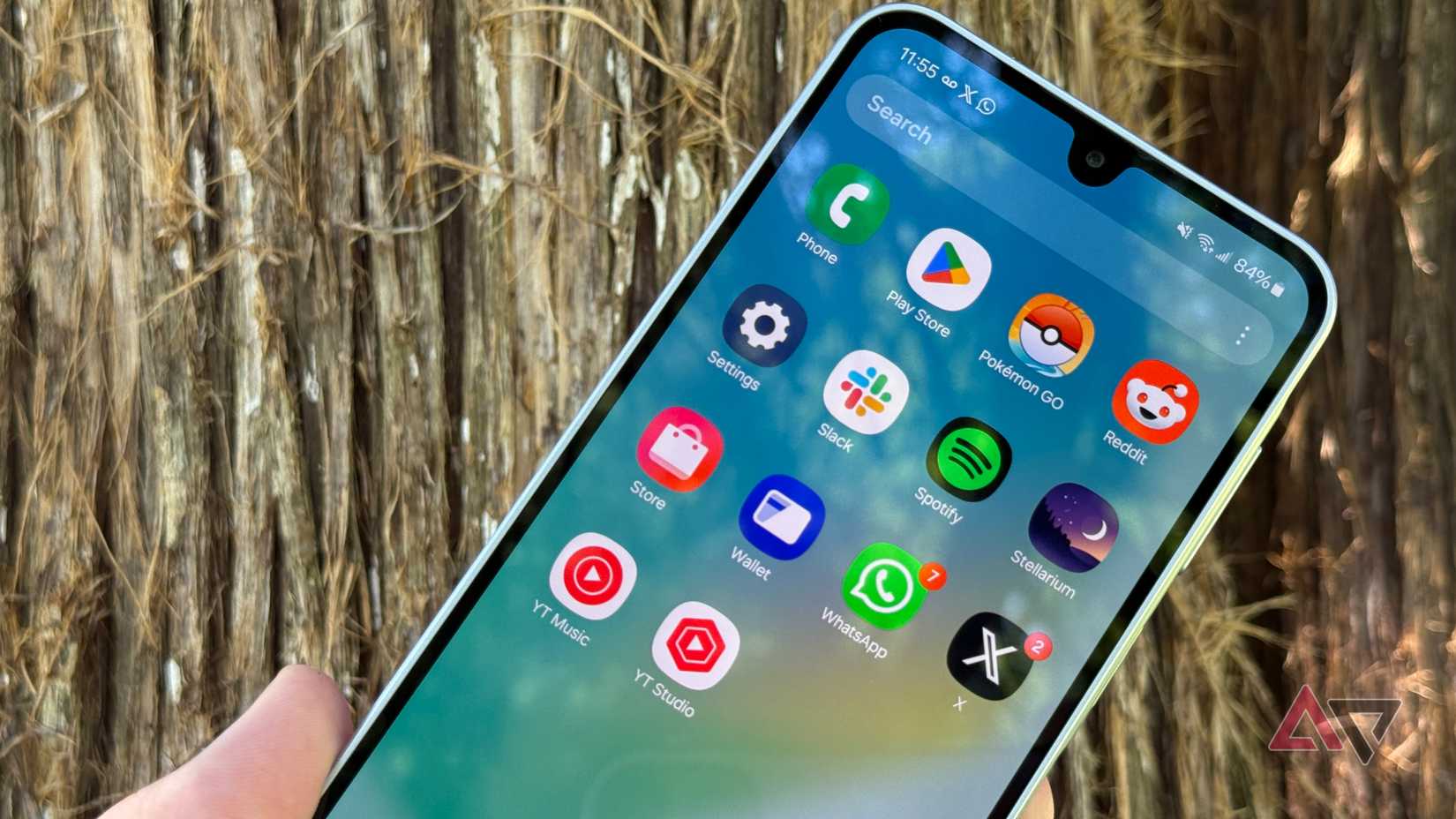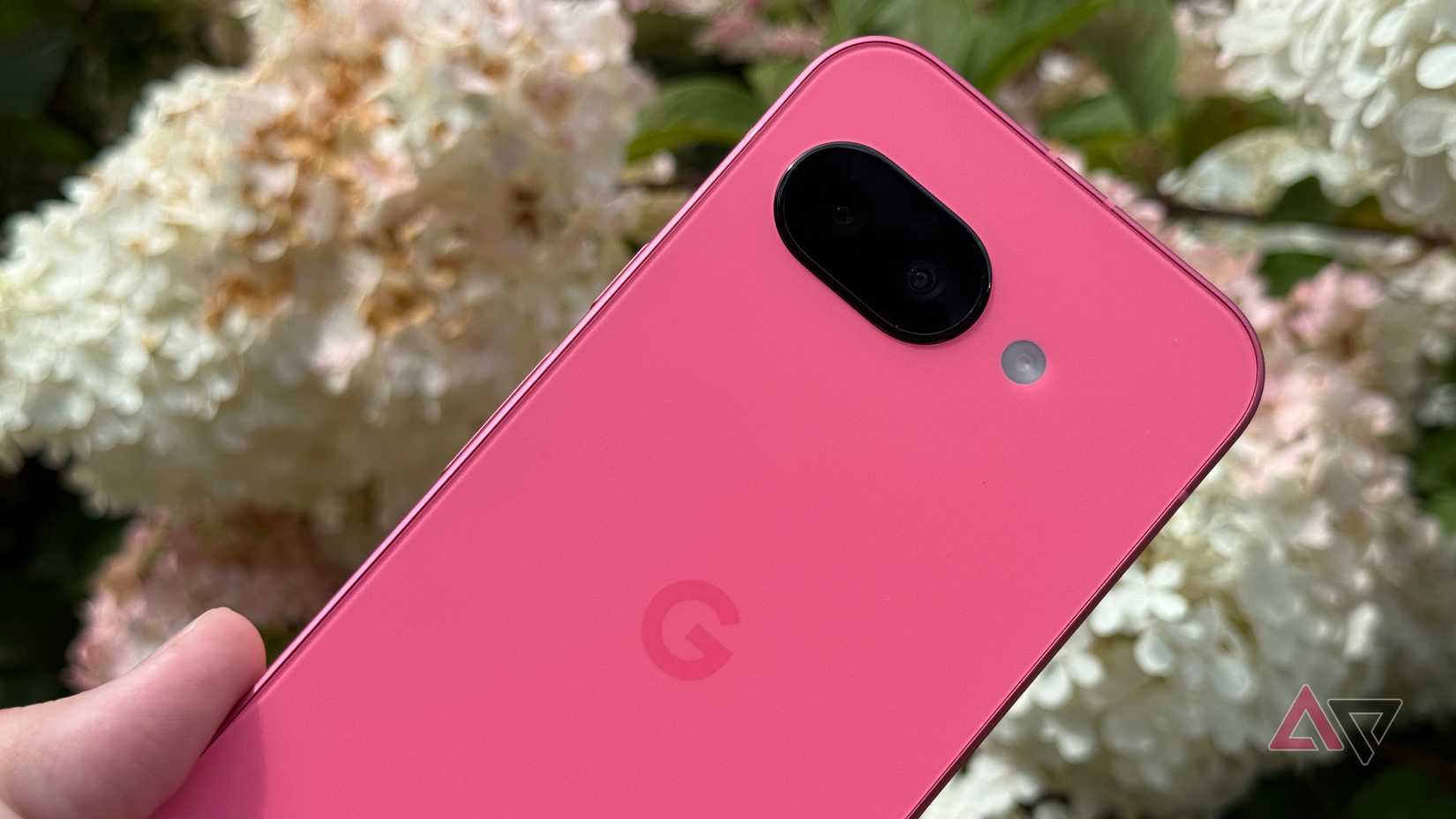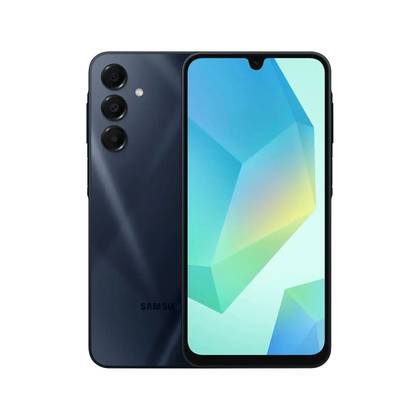This job used to be a lot more fun. It seemed like we got a new awful smartphone to hate every month, and there was nothing better than bashing a device people had no business spending their money on.
It was easy to differentiate the good from the bad, and unless you were spending over $500, you were making severe compromises.
That’s not the case in 2025. It’s difficult for manufacturers to make a bad smartphone. Even if companies don’t try very hard, decent components have become cheap enough that $200 phones are perfectly usable.
It’s less entertaining for me as a reviewer, but it’s fantastic for customers. Here’s what’s changed with low-cost smartphones, and why people are able to spend less on their next device.
Budget phones don’t have awful displays
Nothing used to hurt my eyes more
Budget phone displays used to be depressing. They were often drab, dim panels, with awful color accuracy and performance. It was difficult to use them in any condition outdoors.
The glass protecting the screen was also disappointing. The display glass would scratch after just a few days in my pocket, and the build quality was poor.
It made the phones hard to use, and it was the primary reason I’d always encourage people to wait if they could and buy something a little better.
Thankfully, that’s no longer a compromise buyers need to make.
Devices such as the Samsung Galaxy A16 feature fantastic OLED panels for $200. They’re not always the most color-accurate screens, but they are bright and saturated.
Motorola does an excellent job bringing high-quality screens to midrange devices, and if you get one on sale, you can get a beautiful OLED for around $350 on one of Moto’s devices.
We use the phone’s display 100% of the time we’re using the device, and I’m glad prices have come down so you don’t need to spend $1,000 to get a quality panel.
Performance and software became respectable
You can even expect regular updates
Underpowered chipsets and insufficient RAM used to plague budget phones. Many couldn’t even run full versions of Android, reduced to running Android Go.
It was fine in a pinch, but constant slowdowns and lag marred the user experience. It put many buyers in a tough spot, forced to choose between an older, out-of-support smartphone or one that was difficult to use.
Unfortunately, software support wasn’t guaranteed even when it was promised on some budget phones.
Several Nokia Android phones were slated for two major Android upgrades but received only one, with spotty security updates. Some budget phones never received any updates at all, left to run on older security patches.
Both have improved over the last few years. Budget phones feature more RAM, and low-cost chipsets from Qualcomm and MediaTek deliver enjoyable performance.
I love the Snapdragon 6 Gen 3 in several devices, and the Dimensity 6300 is a capable chipset.
The Moto G Stylus 2025 comes equipped with 8GB of RAM, with smooth performance for most tasks. Scrolling through Instagram is a breeze, and I enjoy light-to-medium gaming on the G Stylus.
Software support has also improved. Samsung promises six years of support for the Galaxy A16, a significant amount for a $200 phone. It means you can use your financial apps without worrying for years to come, and you’ll even score some new features along the way.
It’s helped raise the long-term value of budget phones, and I’m glad manufacturers started putting more effort into low-cost devices.
Two days of use on a single charge
Performance doesn’t suffer, either
Battery life was never awful on budget phones, but they usually performed so poorly that you didn’t care about it.
I love that there’s been a matching rise between performance and battery life. Budget and midrange chipsets got more efficient, and despite better performance, battery life hasn’t suffered.
Budget phones also come with large batteries, ranging from 4,500 to 5,000mAh. It’s a welcome development, and it’s been a while since I got truly unacceptable battery life on a phone under $500.
Devices from Samsung, Motorola, Google, OnePlus, and others all feature outstanding battery life for under $500.
I enjoy the flexibility of knowing my phone can last the entire day, no matter what I’m doing, and that it’s not the end of the world if I don’t charge overnight.
I’m not sad to see bad phones go
Bad phones used to be fun to review, but I’m pleased things have improved.
Budget devices are important, and it used to be a shame that people couldn’t get quality smartphones for under $400. That’s changed dramatically, and with a little research, you can get an absolutely fantastic phone for less money.
Next time you’re in the market for a smartphone, ask yourself what you really need, and if some of that hard-earned cash isn’t better off left in your pocket.
-
Motorola Moto G Stylus (2025)
- SoC
-
Qualcomm Snapdragon 6 Gen 3
- RAM
-
8GB
- Storage
-
128GB/256GB
- Battery
-
5,000mAh
- Ports
-
USB-C
- Operating System
-
Android 15
Motorola’s new Moto G Stylus looks to keep the great design from its predecessor and match it with some more modern specs. Whether that’s enough to shy buyers away from the best of Samsung and Google, however, remains to be seen.
-
Source: Samsung Samsung Galaxy A16 5G
- SoC
-
Exynos 1330
- RAM
-
4GB
- Storage
-
128GB
- Battery
-
5,000mAh
- Operating System
-
One UI 6.1, Android 14
- Front camera
-
13MP
The Samsung Galaxy A16 features a large 6.7-inch display in a slimmer design and now comes with an IP54 rating for water and dust resistance. Just like Samsung’s flagships, it offers 6 years of OS and security updates. Under the hood, it’s powered by Samsung’s own Exynos 1330 chipset. The budget smartphone also retains key features from its predecessor like a 5,000 mAh battery, microSD slot, and triple-lens camera.






